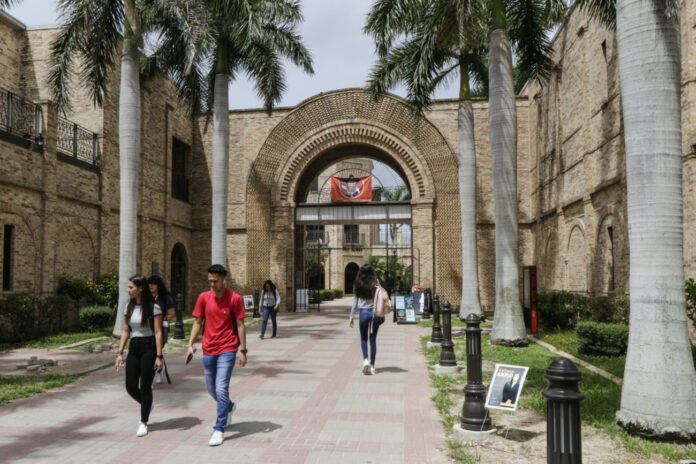An unprecedented year has brought unprecedented changes to the enrollment numbers of the Rio Grande Valley’s largest higher education institutions, changes that are both good and bad.
Although the University of Texas Rio Grande Valley reports an increase of 3,505 students from last fall, South Texas College has experienced a decrease in enrollment of 4,552 students in the same period, representing a decrease of about 13.8%.
The sharp decline is a local example of a nationwide phenomenon that’s caused enrollment at community colleges to shrink anywhere from 5% to 30%.
It’s also, according to STC Vice President for Student Affairs and Enrollment Management Matthew Hebbard, evidence of how the COVID-19 pandemic disproportionately affects the demographic that makes up the student bodies at community colleges.
“The community college students have been hit the hardest by the pandemic. They’re struggling with basic expenses, such as food, rent, childcare, even jobs,” he said.
Hebbard says STC expected the pandemic to greatly impact its students. Some college staff came back in person in early May, offering limited service appointments with pandemic measures in place along with distance support services aimed at helping people attend college.
Other support, like tutoring, library services and open labs were “critical,” Hebbard said. He says federal virus relief funds, including $9 million in aid and $700,000 in scholarships, helped the college retain students.
“Preliminary data, we think it helped our current students continue on from spring to fall at this point,” he said.
Despite the various initiatives and a surge in interest toward the end of the enrollment cycle, STC’s enrollment this fall is 28,502 compared to 33,054 last year.
Hebbard says he’s heard a variety of reasons for not attending this semester. Some students don’t care for online learning or simply aren’t equipped for it; others don’t think it’s safe to come back to class yet. In some cases, the pandemic has simply placed too much of a strain on students’ time or energy.
“Even the school district, the ISD start date, impacts our students as well — especially the ones who have children, multi-generational households,” Hebbard said. “Some non-traditional students, and that’s part of our population, the older students, working adults, just don’t have any options for childcare right now and their kids are at home, so it’s a struggle for them as well.”
What’s perhaps most concerning is the group that makes up the majority of the decrease. According to Hebbard, recent high school graduates who opted not to attend account for most of the decline.
“In particular, this senior class that just graduated, they were basically on lockdown since March and they never went back to their high schools, and that really affected them and their families because we do these events every spring where literally we are bussing thousands of students to our campuses and we’re clearing them for enrollment financially. We call that a fast track event,” he said. “All of that was canceled due to the pandemic, so we struggled all summer with reaching out virtually to students.”
Although STC is expecting to fight hard to get the high school class of 2020 enrolled down the road, Hebbard says he’s just as worried about the class of 2021




